Hi there, pet lovers! 🐸
If you’re searching for a pet that’s equal parts fascinating, low-maintenance, and downright mesmerizing, the Giant Monkey Frog (Phyllomedusa bicolor) might just be your perfect match.
Also known as the Giant Leaf Frog, Bicolor Tree Frog, or Waxy Monkey Frog, this species stands out for its striking appearance, docile temperament, and unique behaviors. Native to the Amazon rainforest, these frogs have captivated reptile and amphibian lovers with their chunky hands, vibrant colors, and surprisingly interactive personalities.
But are they the right pet for you? In this detailed review, we’ll cover everything you need to know—from handling and care requirements to costs and availability—so you can make an informed decision.
Overview
The Giant Monkey Frog is a large, arboreal amphibian native to the Amazon Basin. Known for its waxy skin, slow movements, and impressive size, this frog is a favorite among experienced keepers and those looking for a unique pet.
Here’s a quick summary of what makes them special:
- Handling & Temperament: Docile and easy to handle, but sensitive to skin contact.
- Care & Maintenance: Moderate care needs, requiring high humidity and a spacious vertical enclosure.
- Health & Durability: Hardy when captive-bred but sensitive to environmental changes.
- Availability: Rare in the pet trade; best sourced from specialized breeders.
- Cost: Moderate initial investment, with higher enclosure setup costs.
- Overall: A rewarding pet for dedicated amphibian keepers who appreciate their beauty and personality.
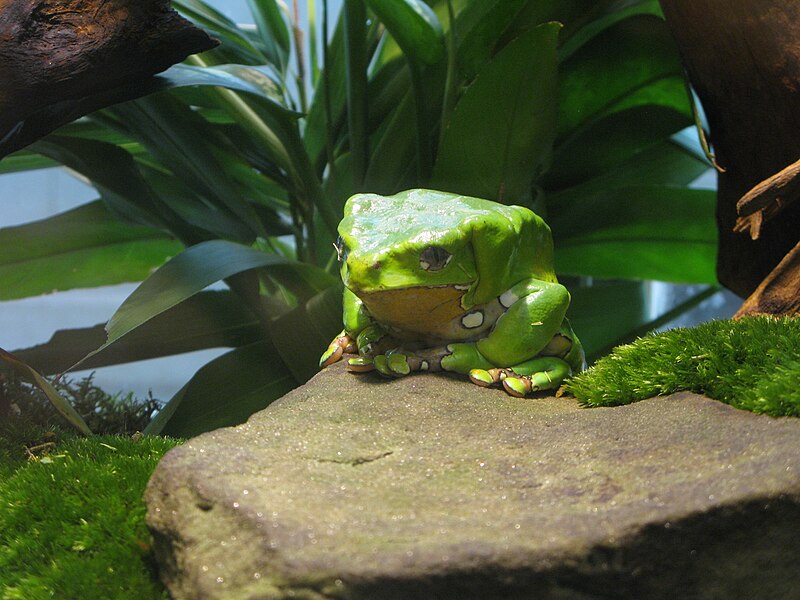
Why Choose a Giant Monkey Frog?
Giant Monkey Frogs are not your average pet frog. Unlike smaller, more skittish species, these frogs are calm, deliberate in their movements, and surprisingly interactive. Their large size (up to 5 inches long) and striking green-and-white coloration make them a stunning display animal.
They’re also long-lived, with a lifespan of 10-15 years in captivity, making them a long-term commitment for dedicated keepers.
Who Are They Best For?
- Intermediate to advanced amphibian keepers (due to humidity and space needs).
- Those who enjoy observing natural behaviors (they’re slow-moving and fun to watch).
- Keepers who want a unique, conversation-starting pet.
Handling and Temperament
One of the most surprising aspects of Giant Monkey Frogs is their handling tolerance. Unlike many frogs that are slippery and prone to jumping, these frogs are slow, deliberate, and less likely to bolt.
Personality & Behavior
- Calm & Confident: They move with purpose, making them easier to observe.
- Minimal Jumping: Unlike smaller tree frogs, they prefer climbing over leaping.
- Interactive: Some individuals will tolerate gentle handling (with precautions).
Handling Tips
- Always use clean, damp hands or gloves (their skin absorbs chemicals easily).
- Avoid excessive handling—they’re still amphibians and stress easily.
- Never hold them near their face or mouth—they can secrete mild toxins from their skin.
Are They Poisonous?
Yes, but not dangerously so for humans. Their parotoid glands (behind the eyes) secrete a mild toxin that can irritate eyes or mucous membranes. Always wash hands after handling.
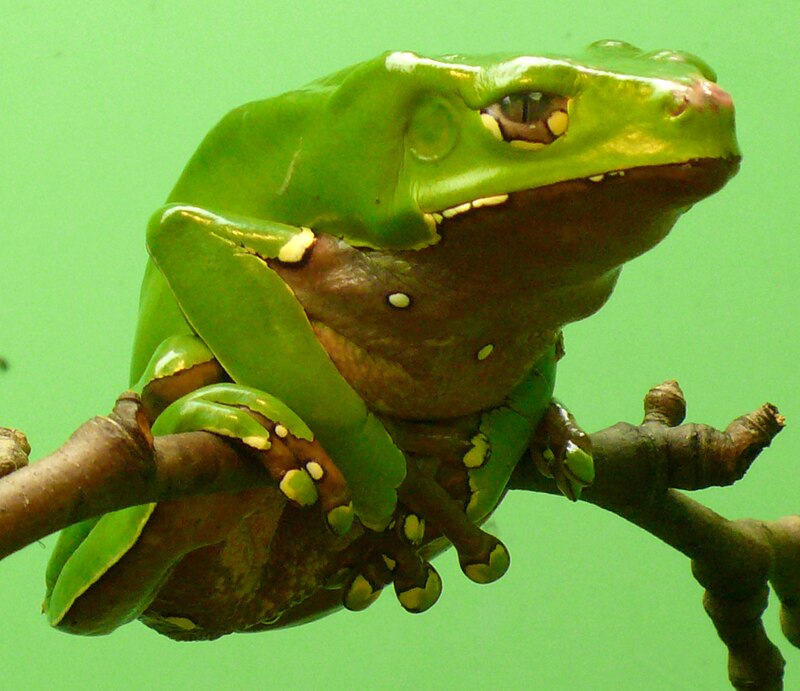
Care and Maintenance
While not the most difficult amphibian to care for, Giant Monkey Frogs have specific needs that must be met for their health and well-being.
Enclosure Setup
- Size: Minimum 18x18x24″ for one frog, but larger is better (they appreciate space).
- Type: Tall, vertical terrariums (they’re arboreal and love climbing).
- Substrate: Coconut fiber, sphagnum moss, or bioactive soil (holds humidity well).
- Climbing & Hiding: Branches, live plants (e.g., pothos, bromeliads), and cork bark.
Humidity & Temperature
- Humidity: 60-80% (mist twice daily or use an automatic mister).
- Temperature: 70-78°F daytime, with a slight drop at night.
- Avoid Overheating: Temperatures above 80°F can be dangerous.
Feeding
- Diet: Primarily insects—crickets, dubia roaches, hornworms (dust with calcium + D3).
- Feeding Schedule: Every 2-3 days for adults, more frequently for juveniles.
- Water: Shallow dish with dechlorinated water (changed daily).
Lighting
- UVB Optional but Beneficial: Low-level UVB (2.0 or 5.0) can support their health.
- Natural Light Cycles: 12 hours on/off to mimic their natural environment.
Health and Durability
Giant Monkey Frogs are relatively hardy, but like all amphibians, they are sensitive to poor conditions.
Common Health Issues
- Dehydration (if humidity drops too low).
- Skin Infections (from dirty water or improper substrate).
- Parasites (mostly in wild-caught individuals—always buy captive-bred).
Preventative Care
- Quarantine New Frogs (to prevent disease spread).
- Maintain Clean Water & Substrate.
- Monitor Weight & Appetite (sudden changes indicate health problems).
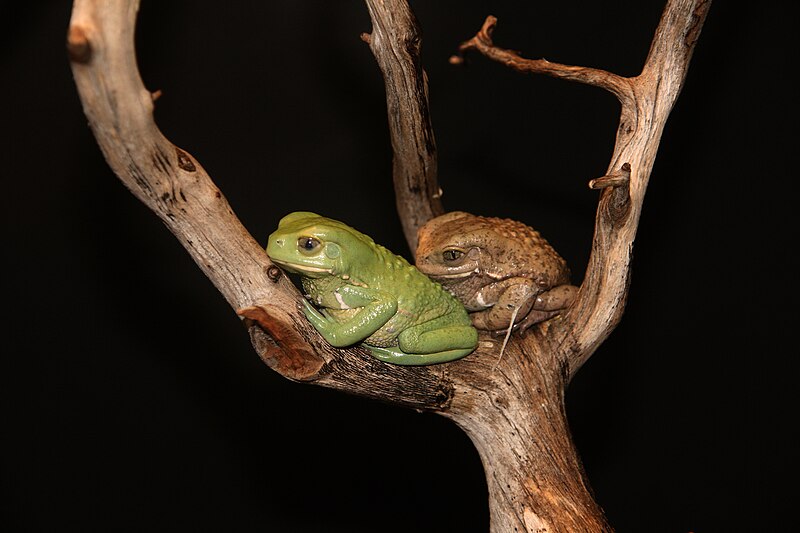
Availability and Cost
Where to Buy
- Specialized Breeders (the best option for healthy, captive-bred frogs).
- Reptile Expos (occasionally available, but rare).
- Avoid Wild-Caught (they often carry parasites and struggle in captivity).
Cost Breakdown
- Frog Price: $100-$300+ (depending on lineage and breeder).
- Enclosure Setup: $200-$500 (terrarium, plants, lighting, misting system).
- Ongoing Costs: $20-$40/month (food, supplements, substrate).
Pros and Cons
Pros
✅ Stunning appearance (one of the most beautiful tree frogs).
✅ Docile and easy to observe.
✅ Long lifespan (10-15 years).
✅ Unique behaviors (slow, deliberate movements).
Cons
❌ High humidity requirements.
❌ Large enclosure needed.
❌ Rare and expensive compared to common pet frogs.
❌ Sensitive to chemicals and poor water quality.
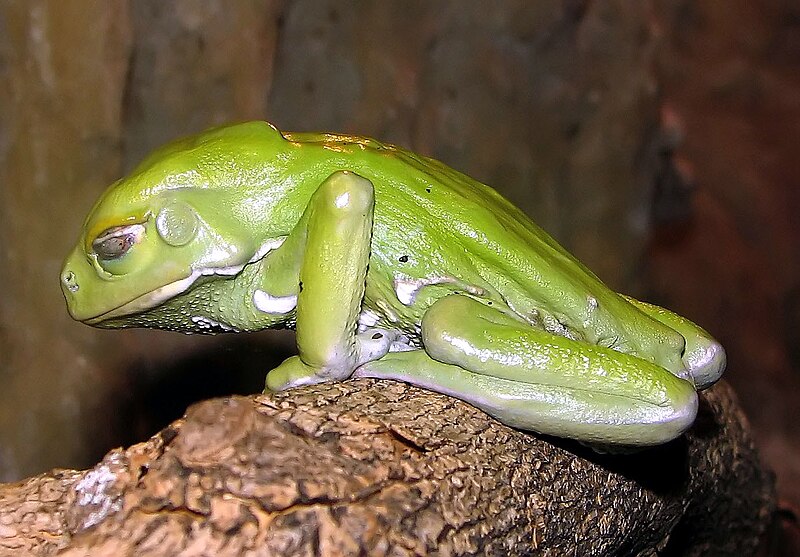
Final Thoughts
The Giant Monkey Frog is an exceptional pet for those willing to meet its care needs. Their striking looks, calm demeanor, and fascinating behaviors make them a standout choice for amphibian enthusiasts.
However, they are not for beginners—their humidity and space requirements demand an experienced keeper. If you’re ready for the challenge, they are one of the most rewarding frogs you can own.
For the best experience, always opt for captive-bred specimens from reputable breeders.
Have you kept a Giant Monkey Frog? Share your experiences in the comments!
For more amphibian care guides, stay tuned—and don’t forget to subscribe for the latest updates! 🐸

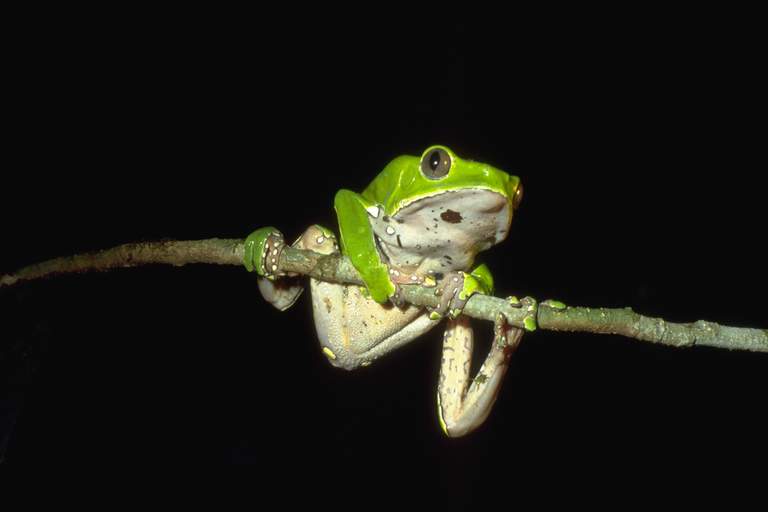

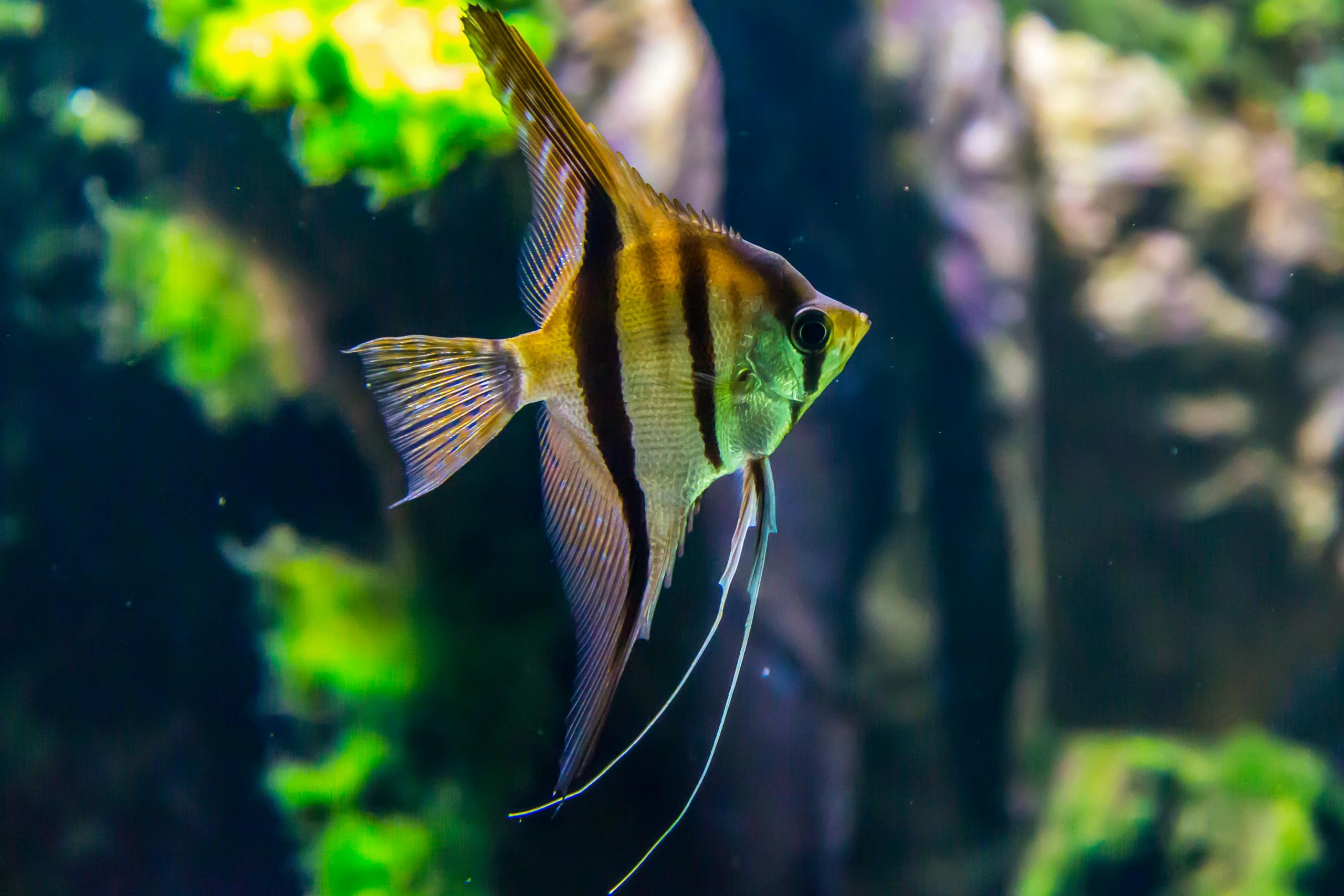
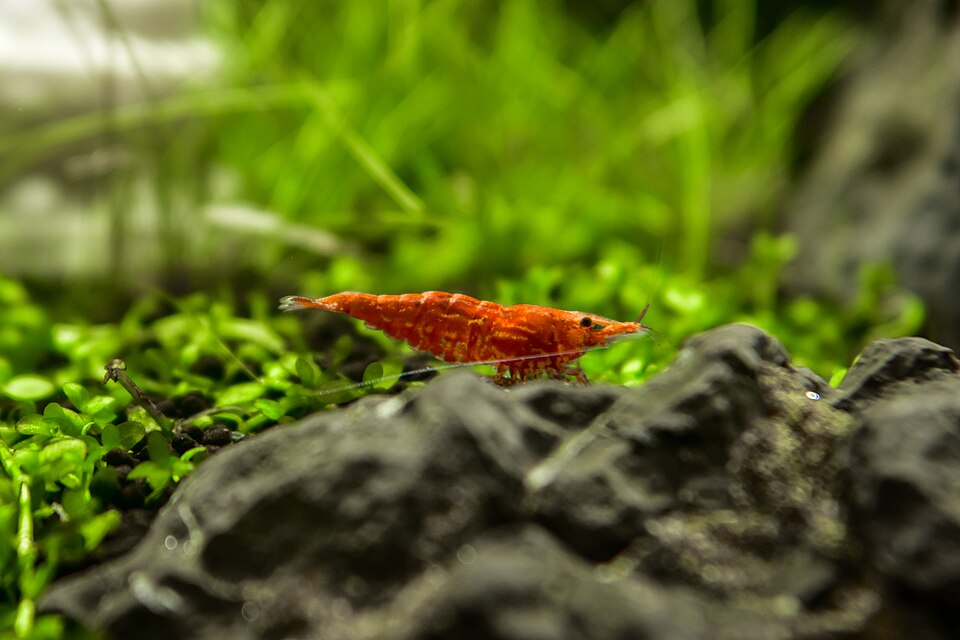

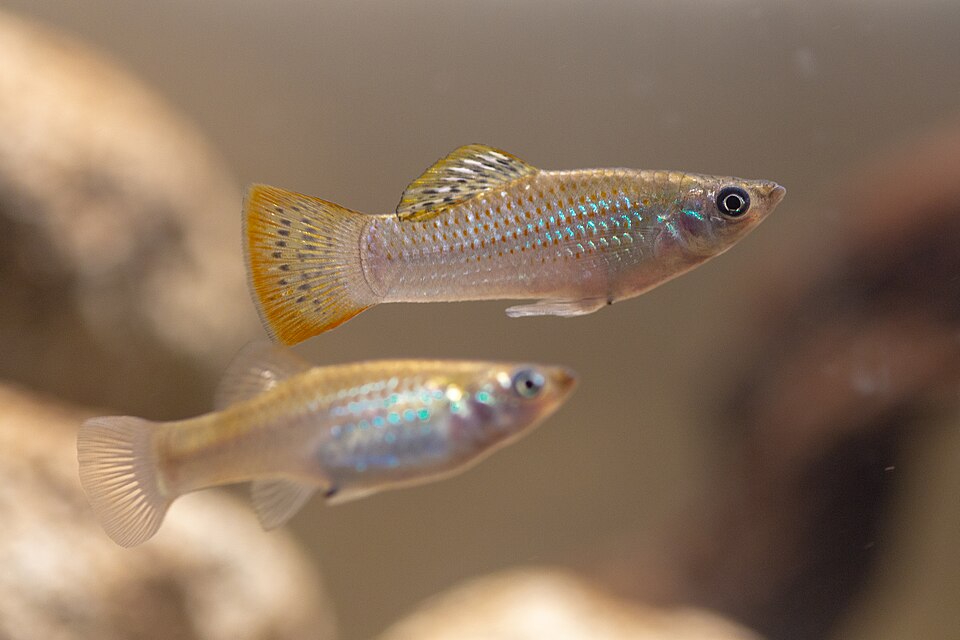

Leave a Reply